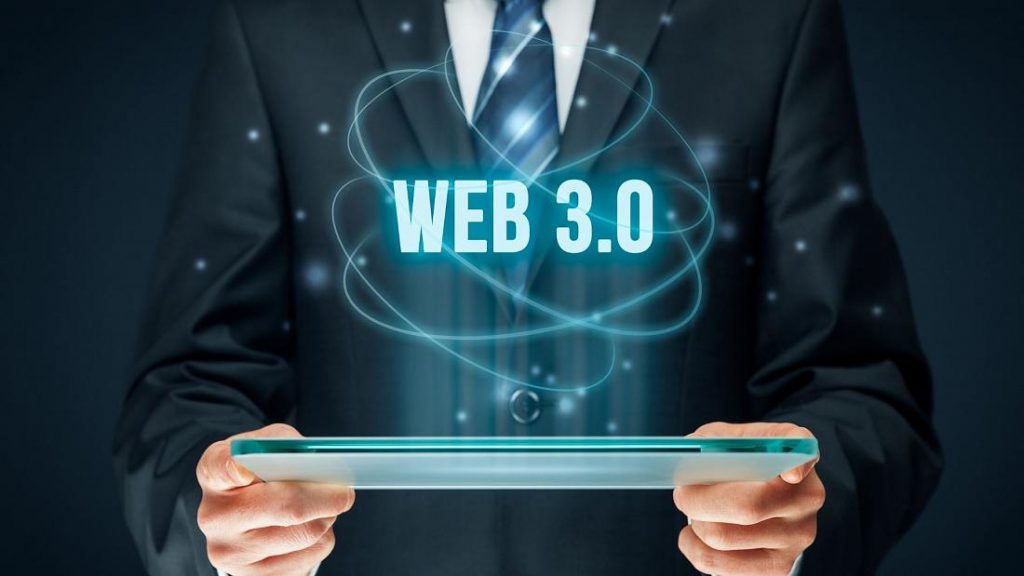The issue we will address in this post is the following: What happens if a dispute arises with respect to one of these transactions? What evidentiary value do the data contained in the blockchain have in civil proceedings?
The new industrial revolution, the 4.0, will be marked by Web3, whose backbone is the blockchain technology. This technology enables a decentralised database that provides greater legal certainty to its users. Nothing is totally decentralised or incorruptible, but the blockchain has a very high degree of both qualities.

Classification of Blockchains according to their type
First of all, we will take a look at the technical side and then look at the legal side. However, it is necessary to clarify that there are several types of blockchains. We will then classify them according to who has access to participate in them, write code and whether their information is public or not:
- Public and "permisionless": "They allow everything to everyone. They are public and open to all participants, and transactions are verified according to pre-existing rules. All participants can participate and observe (Bitcoin is the quintessential example) and they are truly decentralised and transparent. However, there is no such thing as a completely unpermissioned network because they require minimal investment to validate (in equipment and/or money) (Voshmgir, 2021).
- Public and permissioned: In these blockchains, participation in the network is private as access to resources is controlled by specific entities. However, the ledger is public. They are very useful for organisations that want to store or share data securely. An example would be a group of NGOs that receive grants by having transparent accounts.
- Private and permisionless: In these, participation in the network is public, with no restrictions on transactions. However, transactions can only be observed by those who are authorised to do so. This is not usually the case in practice.
- Private and permissioned: Federated configuration with bilateral contracts. They are limited to certain participants and can only view transactions that are relevant to them (such as Hyperledger). Banking consortia, where only a pre-authorised group can enter and view customers' financial information. Normally, as they are known nodes, they have a higher performance than the rest (more scalable in terms of transactions), but they are not immutable or decentralised.
Public and Permissionless Blockchains
In this case, we will focus on the best known, which are public and "permisionless" (open, neutral, transparent, "open source" and immutable). Its greatest exponent in terms of use and social recognition was Bitcoin (although cryptocurrencies existed decades before). What is important for us is not just Bitcoin, but the underlying technology ("blockchain" and smartcontracts).
The functioning of the blocks that make up the chain is essential to understand the evidentiary value they may have. Thus, the main characteristics (broadly speaking) of the blocks that make up the chain are as follows:
- The main component of the chain is the block. These are "linked" backwards, each new block referring to the previous one.
- A block is a packet of data.
- Each block contains a Merkle tree, which efficiently condenses and verifies the integrity of transactions.
- Each block is identified by a hash, which appears in the header of the next (child) block.
- The hashes (alphanumeric value) are generated using the SHA256 or similar algorithm, and produce a 32-byte string. There is a very small chance that there are two blocks with the same hash.
- Each block has a header containing the hash of the parent block and a body (transaction listing).
- Block number: also called block height. The most reliable indication of the block, each block has a unique height.
These characteristics, together with the decentralisation provided by DLT (Distributed Ledger Technology) in which blockchain is integrated, result in total integrity of the ledger. This process is ensured by a consensus process, which means that there can be no discrepancies with regard to the status of the chain. The process is based on the electronic validation of information coming from multiple (users).
Consensus algorithms (such as the well-known "Proof of Work" or "Proof of Stake" mining) are based on game theory and crypto-economic principles. These principles define how a set of anonymous network actors will act collectively (Voshmgir, 2021).

With that understood, let us then move directly to the question at hand: Can Blockchain technology be a source of evidence?
What is a source of evidence?
A source of evidence is an instrument that is likely to contain information relevant to the process and pre-exists the process. That is why we have studied whether this technology is technically suitable to be used as such. We will now see where it fits in our law.
To what extent can blockchain be a source of evidence? Well, its properties enable it to secure data on three key points:
- State of affairs in the registry by means of a hash, which is the fingerprint that cryptographically encodes the information.
- Time at which the transactions took place (exact date and time).
- The identity of the grantor, which must be predefined, as the structure of a public blockchain guarantees pseudo-anonymity. This structure does not allow identifying each person with a specific "user" of the blockchain (Moses, 2021).
All this is recorded in the chain, as a source of electronic evidence.
Thus, blockchain makes it possible to provide any kind of evidence to the court legally on electronic media, in the same way as our law. Evidence such as PC hard disks and messages on mobile terminals are guaranteed to be authentic. This is because the hard copy of the hash and the specific blocks in which the transactions are embedded can also be incorporated. These blocks include the electronic medium and the keys that allow the decryption of the data in question.
It should be noted that the blockchain guarantees transparency and control because of its distributed record of public information. This means that anyone can explore the blocks and trace all transactions (Cyran, 2018). As of today, this technology behaves like a "truth machine", with information that is unalterable over time.
What better source of proof can there be than something immutable by definition?
A classic problem is the "Byzantine Generals" problem. This problem is about the difficulty of reaching agreement in a distributed system where there may be someone untrustworthy. The solution lies in the consensus of the blockchain, where all members of a network must agree that a transaction "X" has occurred between two members of the network at a given point in time.
In a distributed system there can be malicious nodes, which can infect the whole network. However, in blockchain, this cannot happen, as they will not be validated by the nodes observing the whole network. Unlike distributed databases, in blockchain there is no need for a central administrator. Control is distributed in such a way that algorithmic administration of governance and business rules coupled with smart contracts leads to the next level of automation (Voshmgir, 2021).
Can the Blockchain be considered as a source of evidence?
In conclusion, blockchain can indeed be a source of evidence, comparable to an electronic medium. Of course, when it comes to accessing it and according to art. 283 bis b) no. 4 of the Civil Procedure Act (LEC): "The court shall take into account whether the source of evidence to be accessed includes confidential information, especially in relation to third parties, and the provisions in place to protect such confidential information". On the other hand, cryptographic aspects are also a matter of expert evidence subject to Articles 335 et seq. of the LEC.
In the following blogs we will deal with the blockchain not as a source of evidence, but as a medium. Articles 299 et seq. of the Civil Procedure Act talk about documentary evidence and the blockchain. A priori private, but perhaps even public in the not so distant future.
Interesting, isn't it? The possibilities offered by blockchain technology are almost endless. We invite you to continue exploring the latest news about the cryptocurrency sector and blockchain technology on our blog.
BIBLIOGRAPHY
Cyran, M. A. (2018), Blockchain as a Foundation for Sharing Healthcare Data. Blockchain in Healthcare Today, 1. Retrieved from https://doi.org/10.30953/bhty.v1.13
Moisés Barrio, A. (2021), Cryptoassets: regulatory challenges.
Voshmgir, S. (2021), Token Economy: How Web3 reinventsthe Internet.




